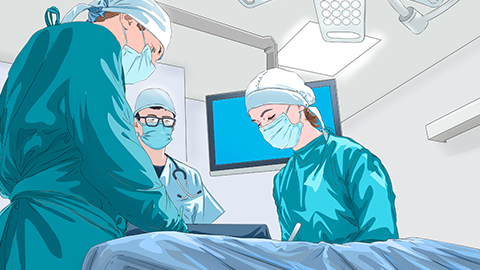How is breast augmentation surgery performed?
Augmentation mammoplasty is a cosmetic procedure that increases breast size by implanting breast prostheses or transplanting autologous fat. The general reference price for this surgery ranges from 3,000 to 50,000 yuan per session, and noticeable improvement is usually observed within 1-2 months. The surgery typically involves preoperative preparation and anesthesia, incision and dissection, implantation of breast prostheses or injection of fillers, wound suturing and care, as well as postoperative recovery and follow-up. If necessary, it is recommended to visit a regular hospital and undergo the procedure under the guidance of a qualified physician.

1. Preoperative Preparation and Anesthesia
Prior to undergoing augmentation mammoplasty, patients need to undergo comprehensive physical examinations to ensure their physical condition is suitable for surgery and to choose an appropriate anesthesia method. Anesthesia options include local anesthesia, general anesthesia, or intravenous anesthesia, with the specific choice depending on the patient's individual circumstances and the physician's recommendation.
2. Incision and Dissection
The surgeon will make an incision either beneath the breast or around the areola, and then use specialized surgical instruments, such as dissectors or scissors, to separate the breast tissue from the sternum and ribs, creating sufficient space for the breast implant. The dissection process must be performed very carefully to ensure the safety and effectiveness of the surgery.
3. Implantation of Breast Prostheses or Injection of Fillers
Depending on the type of surgery, the surgeon will implant breast prostheses, such as silicone or saline-filled implants, into the prepared space or inject autologous fat particles into the breast tissue. When implanting the prostheses, the surgeon will adjust their position and shape to achieve the best possible outcome.
4. Incision Suturing and Postoperative Care
After completing the implantation or injection, the surgeon will close the incision using sutures or special surgical glue and apply a dressing to protect the wound. Postoperatively, patients need to follow the physician's instructions for care and recovery, such as wearing a compression vest, applying cold compresses, and using antibiotics to prevent infection.
5. Postoperative Recovery and Follow-up
Following augmentation mammoplasty, patients require a period of recovery. During this time, they should avoid strenuous activities and lifting heavy objects to prevent interference with the healing process. Additionally, patients should attend regular follow-up appointments at the hospital so that the physician can monitor the recovery progress, assess wound healing, and check for any abnormal swelling or complications, thereby ensuring optimal surgical outcomes.
Augmentation mammoplasty is a complex cosmetic procedure. After surgery, patients may also support their recovery by adjusting their diet to include protein-rich foods such as legumes, milk, chicken, and fish.







